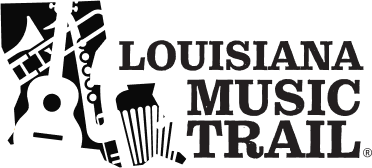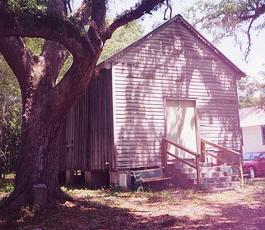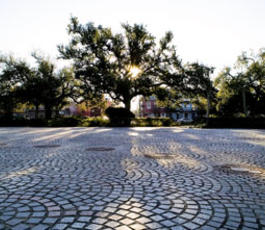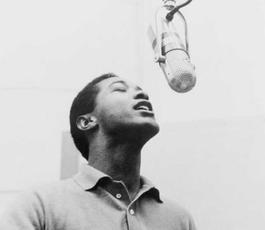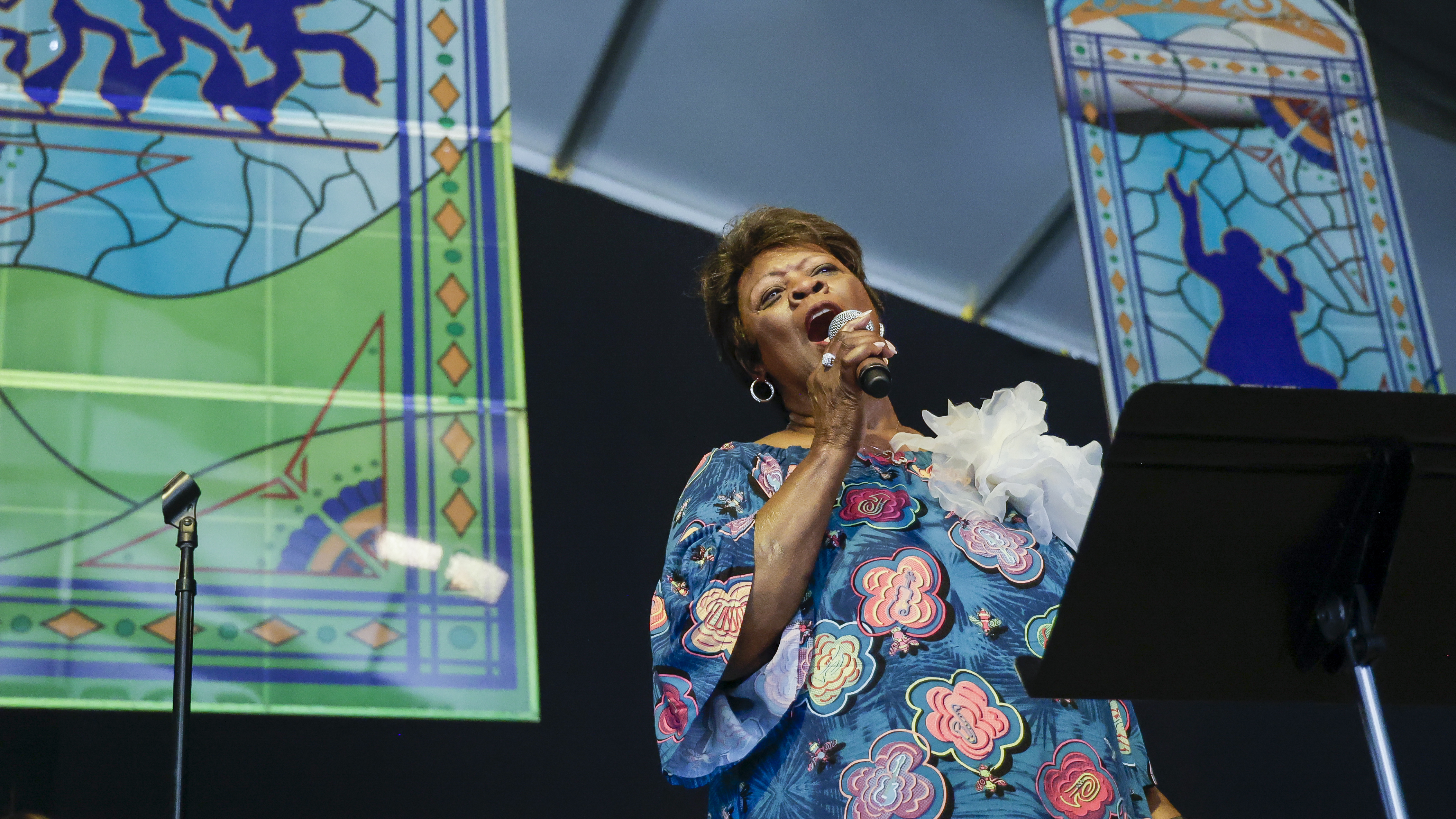
Gospel music, which consists of Christian religious songs, has devoted followings in Louisiana’s African American and Anglo-American communities. Gospel combines traditional favorites with new original material. Configurations range from vocal solos to quartets to large choirs — predominately in Protestant congregations but also in some Catholic churches. The African American songwriter Thomas A. Dorsey is credited with bringing the term gospel music into mainstream culture via such classics as “Peace in the Valley.”
For many people, singing gospel makes an important personal statement about their beliefs and faith, and some refuse to perform secular songs, which they call “the devil’s music.” By contrast, many R&B musicians leave late Saturday-night gigs to go play gospel at churches, which are said to pay better than nightclubs.
African American gospel is rooted in spirituals and ring-shouts, which enslaved people often sang while performing hard labor. Some pre-Civil War religious lyrics worked on dual levels by providing code phrases for surviving bondage and escaping from it. Numerous African characteristics were and remain prominent in gospel including syncopation, improvisation, call and response, bent notes and stretched syllables, and audience participation. In the latter 19th century, spirituals were reinterpreted in jubilee quartet singing, which drew on European concepts of musical structure and pointedly excluded the use of African aesthetics. The quartet style, with its dramatically contrasting four-part harmonies, exerted great influence on rhythm & blues, which emerged in the late 1940s and later morphed into soul music. Two Louisiana groups that mastered the quartet style were the Zion Harmonizers from New Orleans and the Zion Travelers from Baton Rouge, R&B was also influenced by solo singers such as Mahalia Jackson, Louisiana’s pre-eminent gospel artist.
Anglo-American gospel is also referred to as country gospel because it often uses the same vocal stylings and instrumentation heard in secular country music. Louisiana country gospel singers of note include the Grammy award-winning Cox Family, a bluegrass band from Cotton Valley in Webster Parish. One striking subset of country gospel, also heard in some Black gospel circles, is the venerable tradition of shape-note singing, also known as Sacred Harp. This system for reading music was devised in the early 19th century, when a significant number of Americans were minimally literate, and so a simplified system of four shapes was used instead of standard notation. Shape-note and Sacred Harp singing are still heard today in Louisiana. Anglo-American gospel music also has roots in hymn books from seventeenth-century New England, which in turn have ties to Britain.
Today, in addition to church services, gospel is increasingly performed in secular settings. Sunday gospel brunches at restaurants and music venues have become especially popular. In addition, the New Orleans Jazz & Heritage Festival features a stage exclusively dedicated to gospel music, where both Louisiana artists and national figures appear. Irma Thomas’ annual performance there, in addition to her R&B show on another stage, is always a Jazz Fest favorite. Louisiana gospel music also has a major presence on radio, as heard for example on KOKA in Shreveport.
Authored by Ben Sandmel
